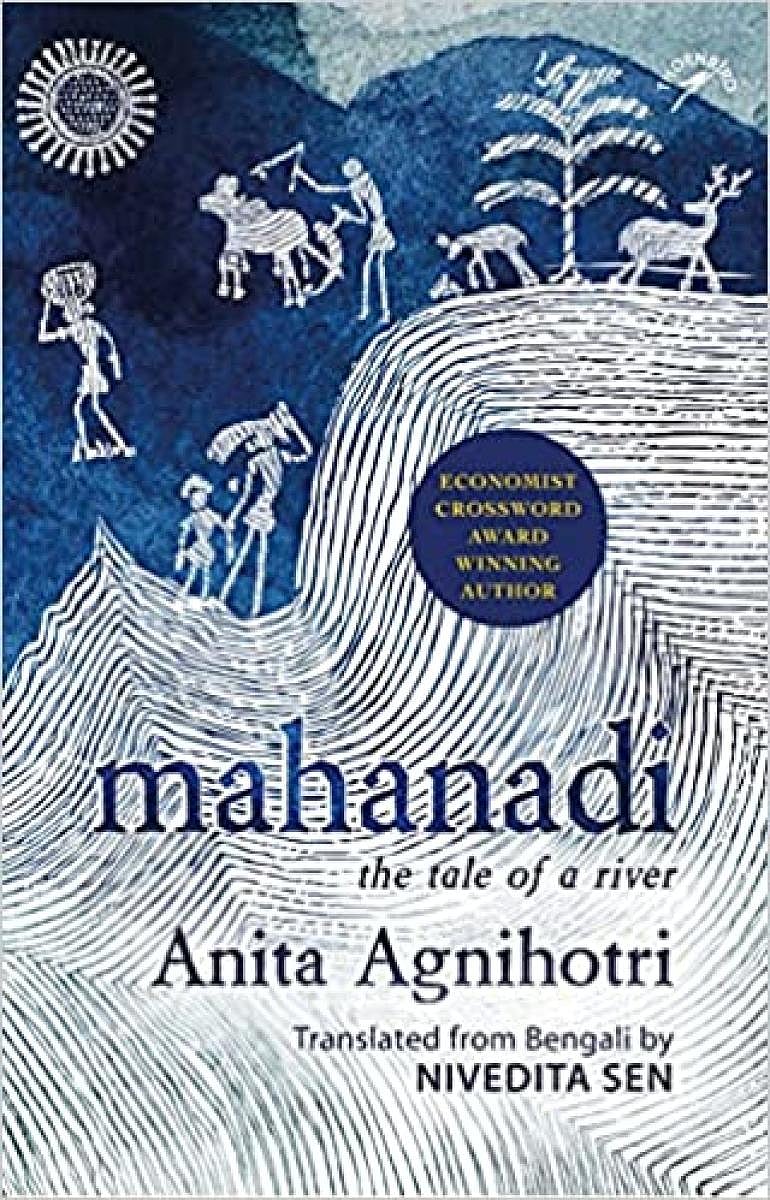
Critiquing a development model through a fictional narrative is challenging. The longest Indian dam built across a major river was meant to control floods, provide water for drinking and irrigation, generate electricity through hydropower and aid fisheries and navigation. But, after the completion of the dam, many of these expectations were not fulfilled; on the contrary, there were large-scale displacement, drought, starvation, extensive and permanent damage to the environment, severe unemployment, annihilation of the local art and crafts which were bringing fame and money to the local artisans and craftsmen and sheer apathy of the State towards human problems — thus making the lives of the people hopeless.
This book by well-known Bengali author Anita Agnihotri is a response to this contradiction. Anita, as an indignant bystander, feels: “The chronicle of this river...is an extract of my life.”
Poignant stories
The 12 chapters in the narrative, which are not numbered but named, reveal 12 distinct poignant stories of people, places and professions. What connects them all together is the omnipresence of the great Indian river, Mahanadi, which originates in a small place near Raipur in Chhattisgarh, with many tributaries, Seonath, Jonk, Mand, Ib, Ong and Tel, and finally flows into the Bay of Bengal after traversing about 850 kilometres.
That it is possible to make a huge river assume an anthropomorphic proportion in a narrative of 488 pages speaks for the ingenuity of the author. A rich cycloramic effect is created in the narrative by the prologue and the epilogue, the direct or the indirect involvement of the river and its tributaries in the lives of the people, and the descriptions of the flora, the fauna, the economics, the environment, the history, the politics, the geography and the culture of the places wherever the river traverses through. The human characters come, play their roles in this background and disappear. These stories are full of activities and lives of a variety of people with distinct ethnic identities — fishermen, artists, weavers, craftsmen, storytellers, writers, working journalists, doctors, engineers, management experts, teachers, academicians, researchers, lovers, friends, relatives, bureaucrats and many others who struggle for their sheer existence even as lives are destroyed by floods, droughts, cyclones and such other climatic adversities. Most of the victims of the calamities are adivasis, the socio-economically deprived and nomads. All the stories are open-ended and the sheer futility of people’s lives seems to be the common motif of all of them.
Where’s the brighter side?
The dense narrative is well achieved at some cost. The feature that binds all the 12 stories together into one is too fragile though. The narrative looks disjointed, as it is possible, if not desirable, to read each story independently without any reference to the presence of Mahanadi, which, in fact, fails the very intention of the writer who considers the river as the common thread. The reason for this could be that there is too much of information about the people and their polity rather than that of the river. Also, a little disappointingly, the brighter side of building the Hirakud dam across Mahanadi is not taken into consideration in the narrative; the fact that over 2,355 square kilometres is being irrigated and that over 300,000 farmers have been beneficiaries, not to mention the hydroelectric power that is generated.
The English translation could certainly be rated as first class. Indeed, the translation reads like the original. But there are a few minor distractions like the use of too many italics in the text, inconsistent and inadequate glossary, and sometimes unwanted translations of words which are already available in the English lexicon. Perhaps, these issues may be sorted out in the subsequent editions of the book.